Relationship between drawings and artwork
Drawing and research are the basic building blocks of my art practice. Let me take you through the process so that you can see how the drawings and my art are completely intertwined.
My work entails a lot of research. I read about birds that are endangered by habitat fragmentation, climate change, extreme weather events and other environmental threats.
The first step is drawing the endangered birds. Each drawing takes many hours and involves lots of detail. I seem to do my best drawings when I am at a residency. This past summer I attended Hypatia-in-the-Woods, a residency of one located in picturesque South Puget Sound.
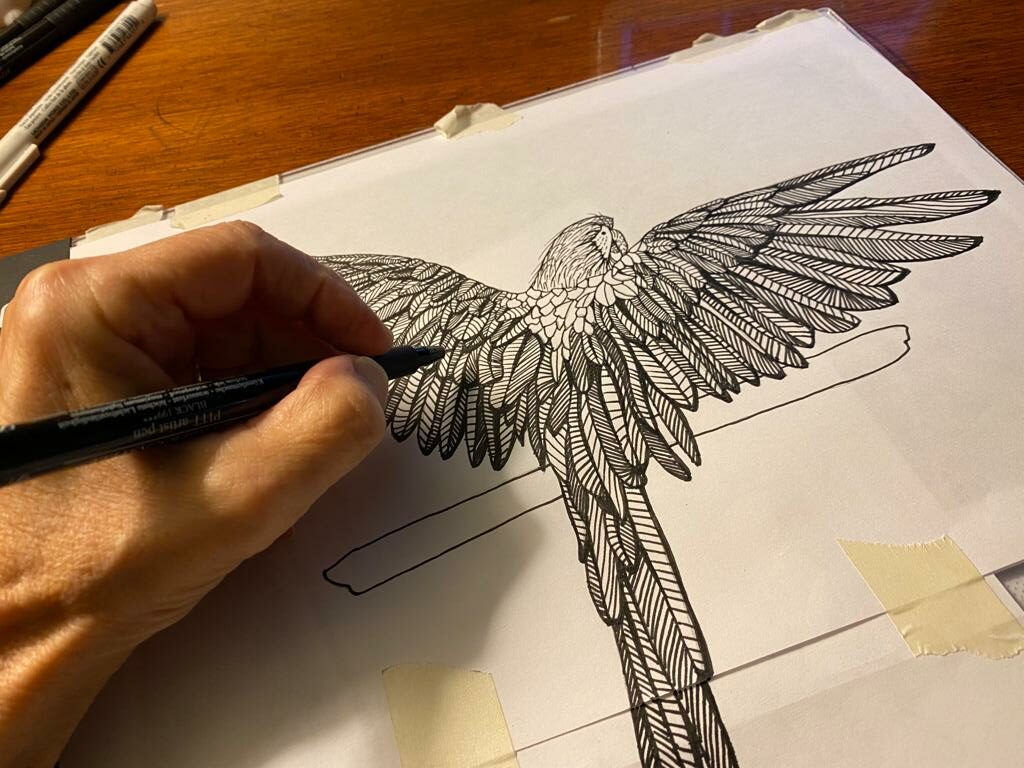
Pictured above is a drawing of a Scarlet Macaw, a rainforest dweller whose numbers are dwindling rapidly. Below is the silk screen that has a silhouette of the following birds: A Collared Arakari, the Crested Owl, the Great Green Macaw and the Scarlet Macaw.
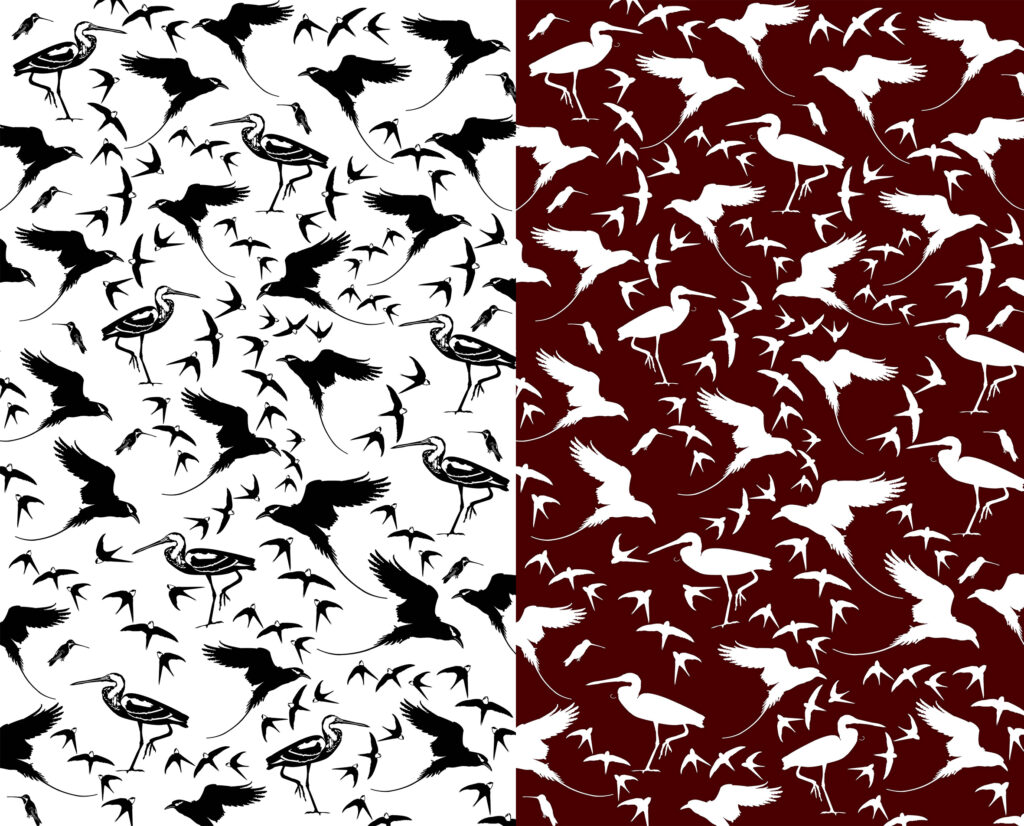
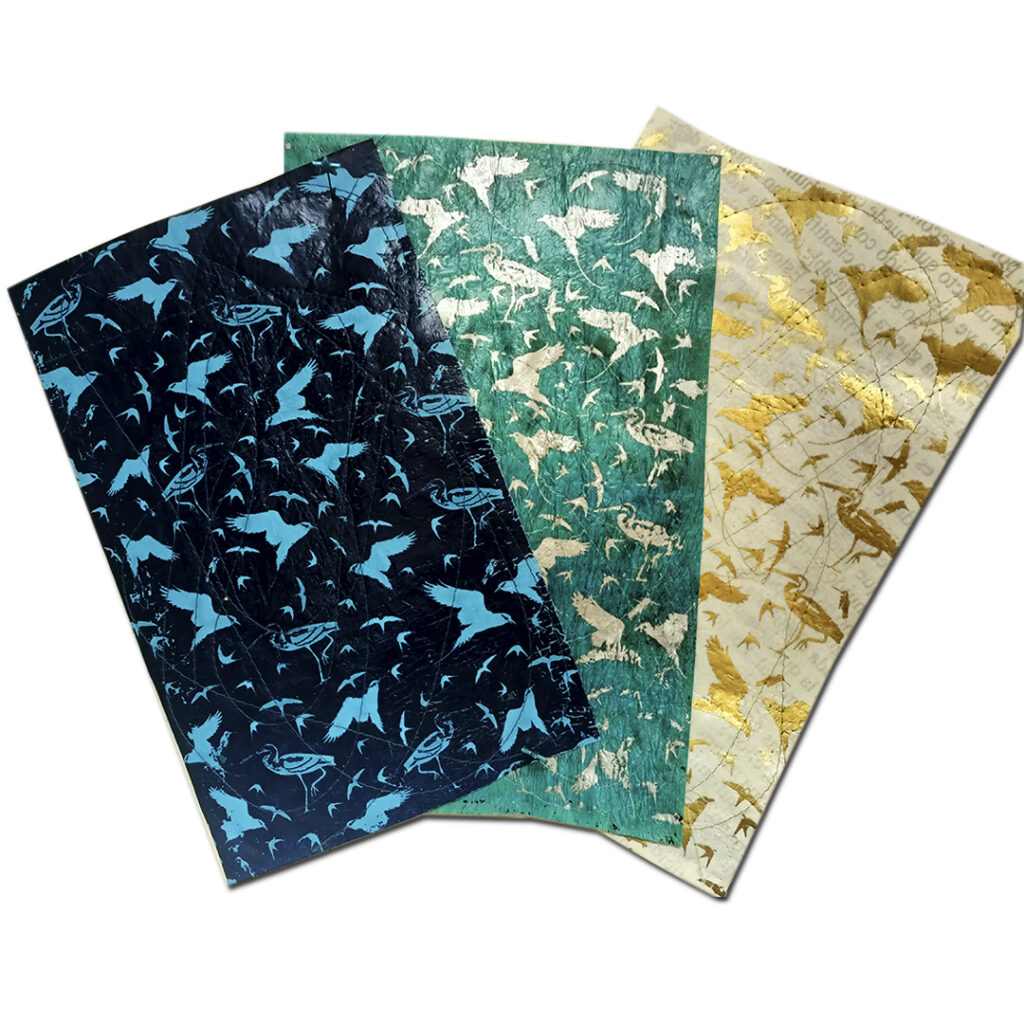
I also do a lot of research and image development of endangered indigenous languages. This entails working with ethno-linguists from the Universities of Guadalajara and Chiapas as well as a calligrapher.
Here are some samples of the text that we use to overprint the bird images. These languages include Tsotzil, Purepecha, Zoque and Cho’lol.
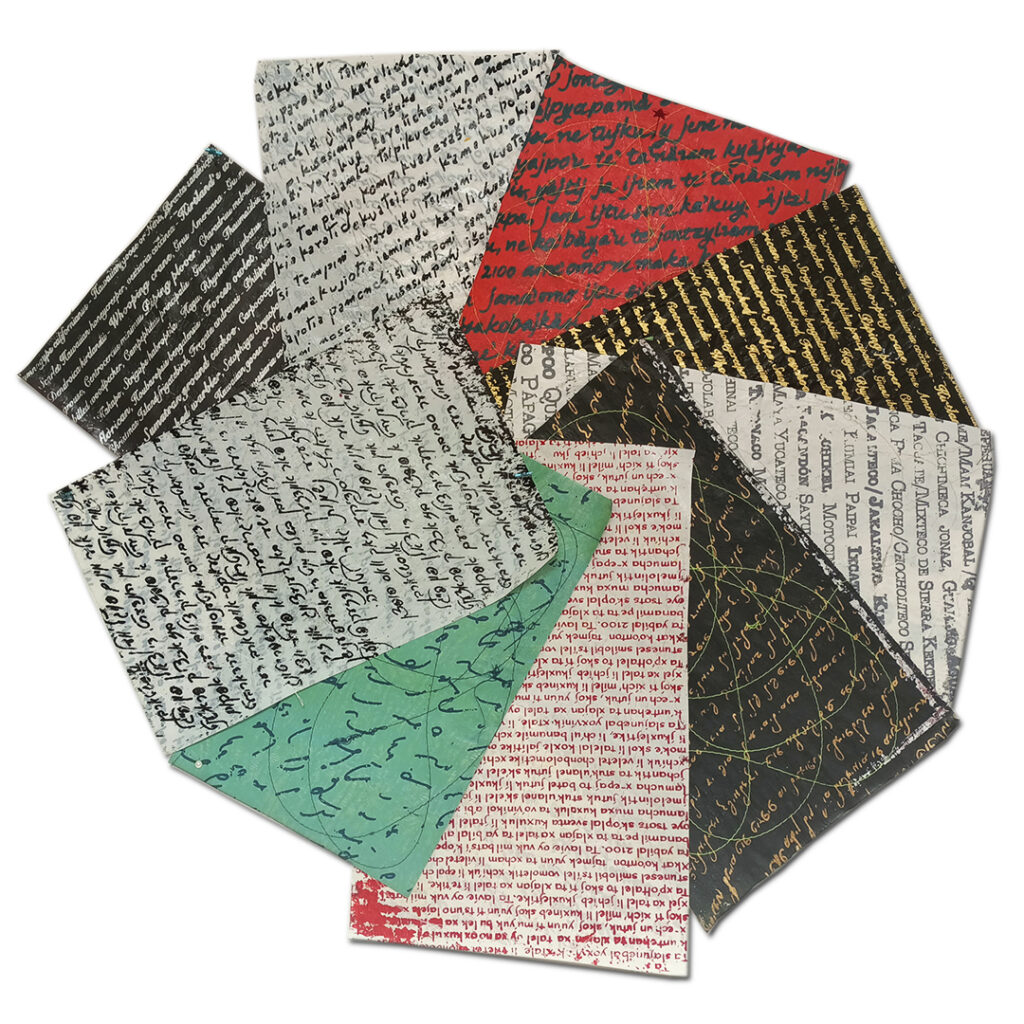
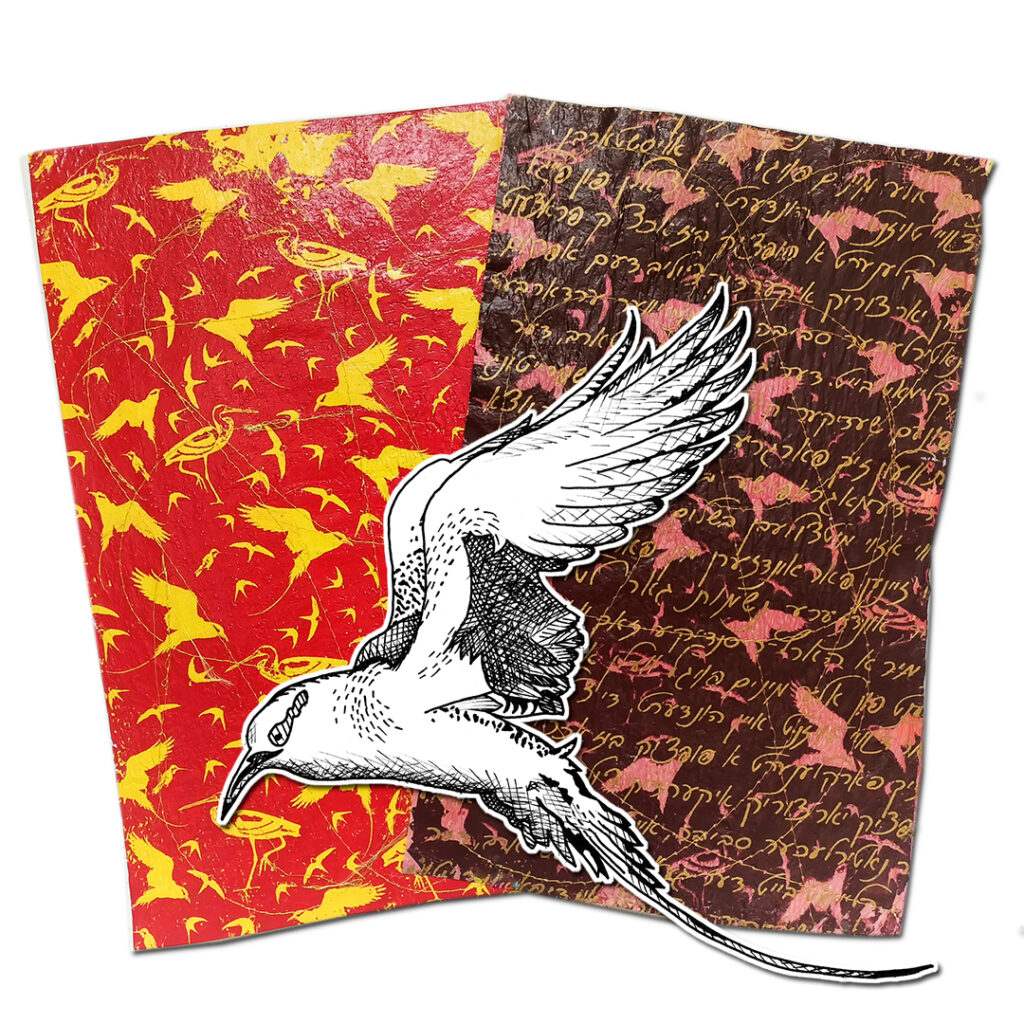
My most recent pieces were exhibited at PRPG.mx Gallery in Mexico City and all have long tail feathers printed from a set of four silk-screens and overprinted with seven different texts. Each of the silk screens has silhouettes of 4 – 5 endangered birds that I have drawn.
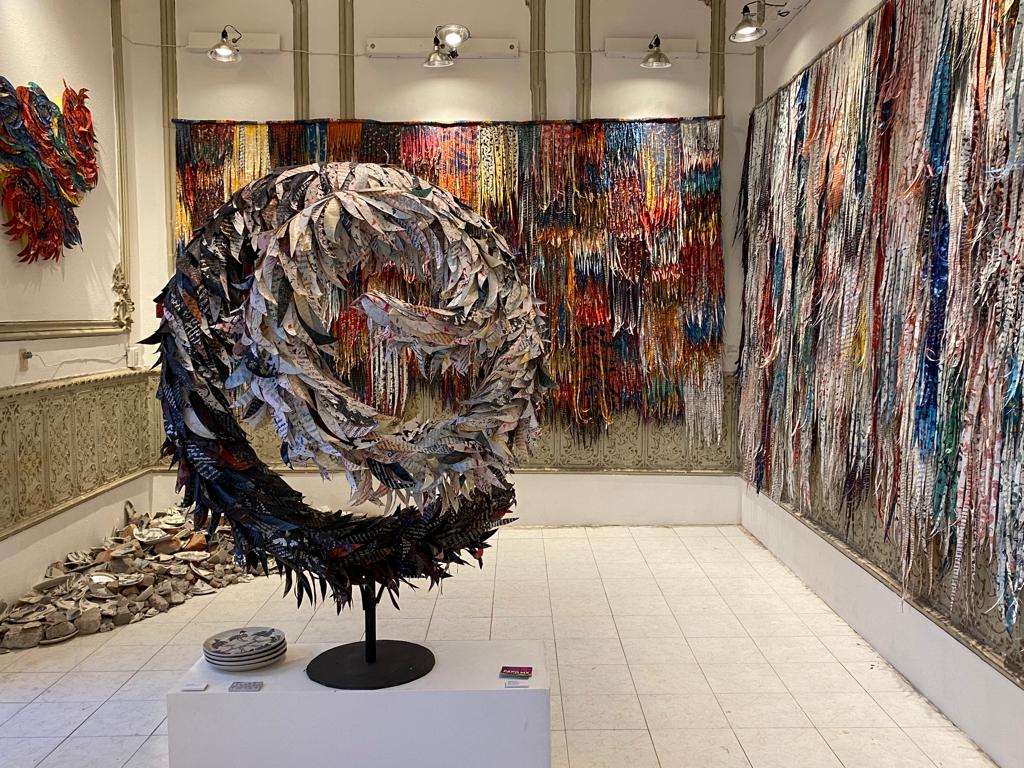
As you take a close look at a detail of my piece Devotional, you can see snippets of the birds and text. In case you were wondering, all the text silkscreens are translations from the the paragraph I wrote about the sad statistics about disappearing birds and languages.
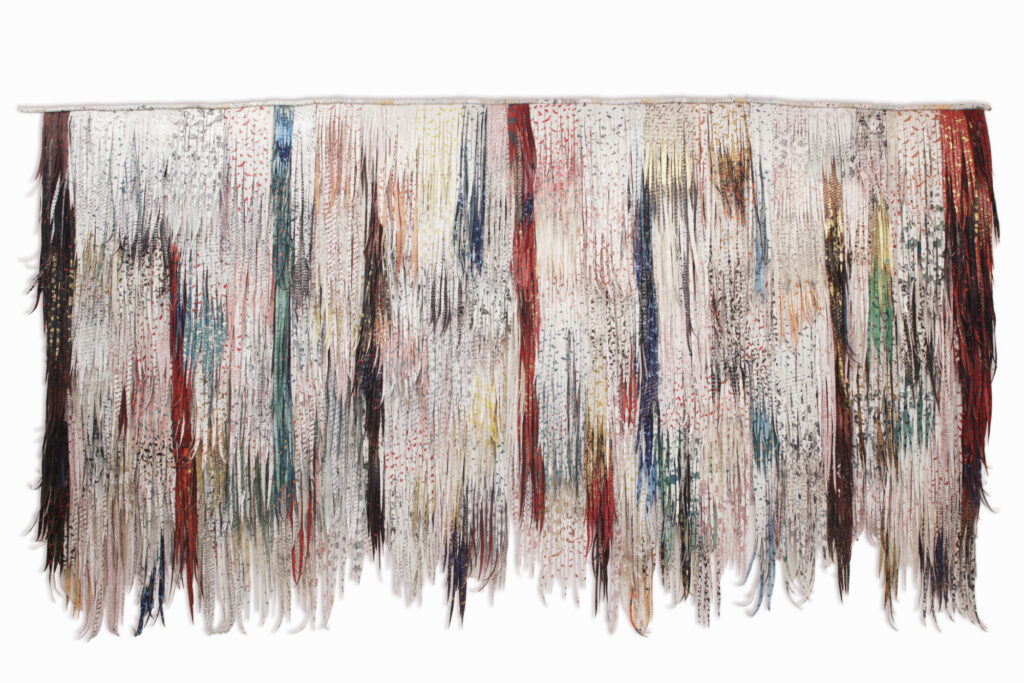
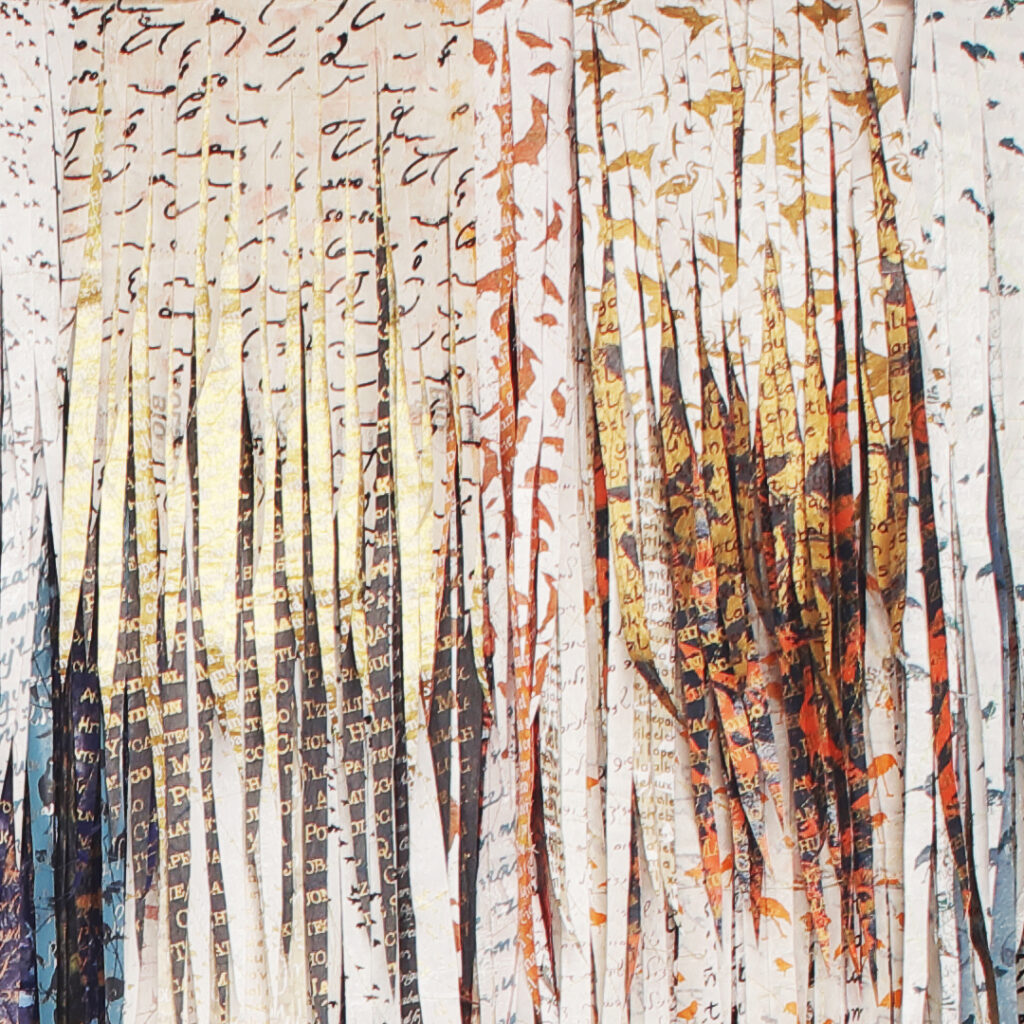
As you can see in the art, the printed images are all cut up into feathers. Since I am an abstract artist, I am trying to convey a lot of information and using complex processes adds to the layering of this work. It is not my intent for viewers to actually read the text but more to evoke feelings about the content of my work.
All these layers of process, images and text and materiality reflect the complexity of the problems that contribute to extinction.
“By using recycled materials and materiality-based pieces, I hope to induce viewers to consider some of the solemn issues addressed in this new body of work. Plumas is both a celebration of the beauty that birds bring to our lives as well as a warning about what we may lose in our lifetimes if we do not take action. “ -quoted from interview with Deborah Kruger in Art Spiel
A team-based approach is required for creating work of this scale, just as a complex global response is required to shift the consumption and policies that may still save some species.
Whether you are reading this as an artist or art lover, I hope I have illustrated how simple drawings can become the building blocks for large-scale and complex artwork.
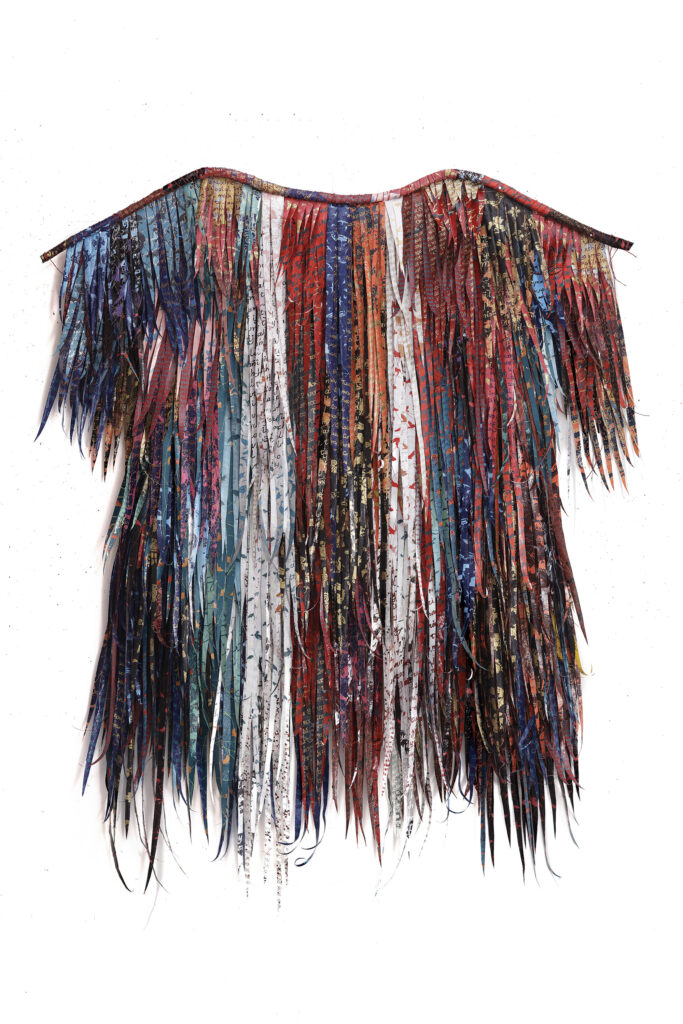
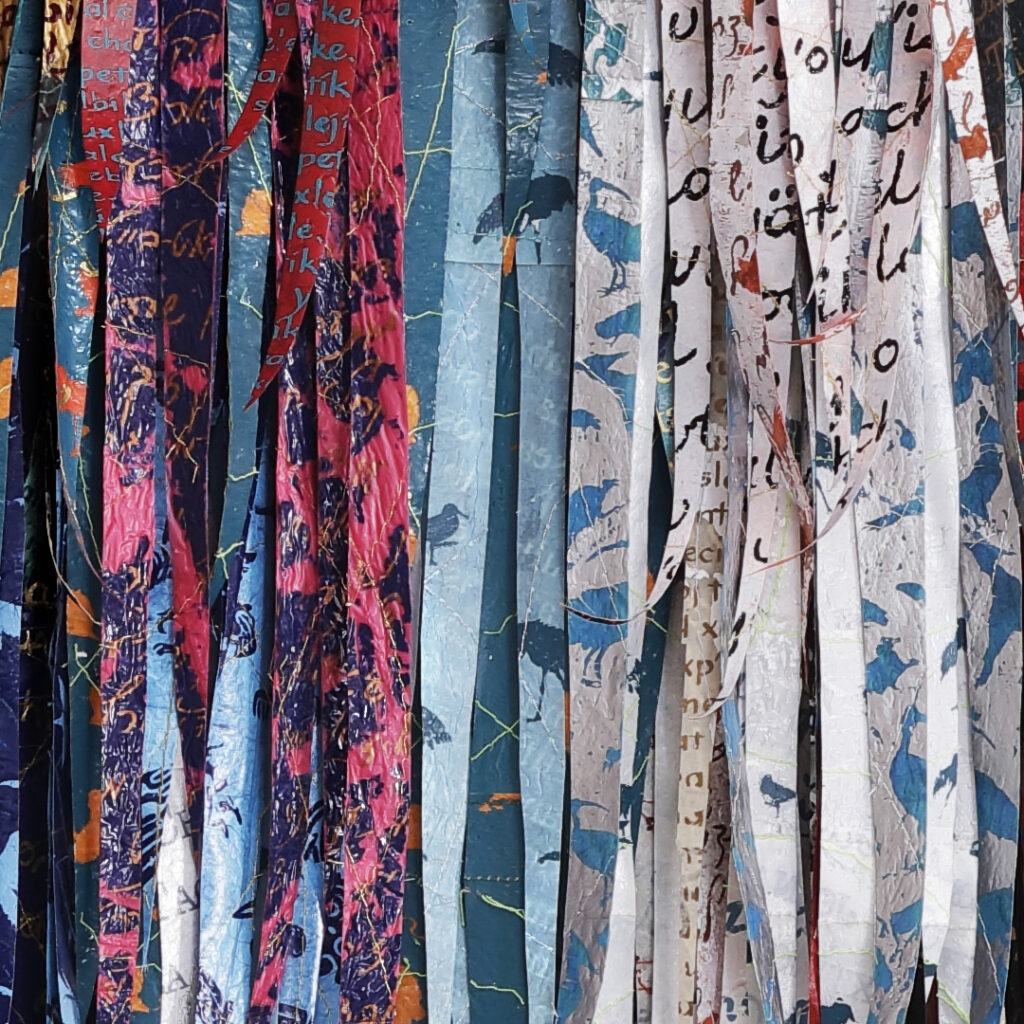


Resources:
Interview in Art Spiel: https://artspiel.org/deborah-kruger-plumas-at-prpg-in-mexico-city/
PRPG.mx Gallery https://prpg.mx/
Residency at Hypatia-in-the-woods: https://deborahkruger.com/residency-at-hypatia-in-the-woods/
